David ‘Honeyboy’ Edwards, 1915–2011
The last of the original Delta bluesmen
David “Honeyboy” Edwards rode the rails and played at Mississippi fish fries with iconic bluesman Robert Johnson in the 1930s. “We would walk through the country with our guitars on our shoulders, stop at people’s houses, play a little music, walk on,” he once said. Edwards was on hand when Johnson drank the poisoned whisky that killed him, in 1938, and six decades later, he was still keeping the original Delta blues sound alive.
Edwards was born in Shaw, Miss., as the son of a sharecropper and grandson of a slave, said the Chicago Sun-Times. His father, a guitarist and violinist in “country jukes throughout Mississippi,” bought him a Sears guitar for $4 and taught him how to play. At the age of 14, Edwards left home to hobo with guitarist Big Joe Williams, who helped cultivate the musician’s “distinctive style of uneven phrasing and skewed timing.”
Over the following years, said The New York Times, Edwards played or toured with almost every blues musician “who worked in the idiom.” Big Walter Horton, Muddy Waters, Howlin’ Wolf, Sonny Boy Williamson—all were familiar with Edwards’s “coarse, keening vocals” and “slashing bottleneck-style guitar work.” After almost two decades on the road, the bluesman made Chicago his permanent home in the 1950s. He worked on construction sites and in factories by day, and played the blues at night.
The Week
Escape your echo chamber. Get the facts behind the news, plus analysis from multiple perspectives.

Sign up for The Week's Free Newsletters
From our morning news briefing to a weekly Good News Newsletter, get the best of The Week delivered directly to your inbox.
From our morning news briefing to a weekly Good News Newsletter, get the best of The Week delivered directly to your inbox.
Edwards never won the fame or recognition of contemporaries like Muddy Waters or Willie Dixon, said the Chicago Tribune, but the blues revival of the ’60s made him a “desired attraction on stages around the world.” He toured endlessly, introducing the “work songs and hymns of a black underclass” to several generations of fans. He was inducted into the Blues Hall of Fame in 1996, won a lifetime achievement Grammy in 2010, and was still playing up to 100 shows a year well into his 90s.
For Edwards, the blues always reflected the lives of the Delta musicians who created it. “The verses which are sung in the blues is a true story, what people are doing...what they all went through,” he said. “It’s not just a song, see?”
A free daily email with the biggest news stories of the day – and the best features from TheWeek.com
-
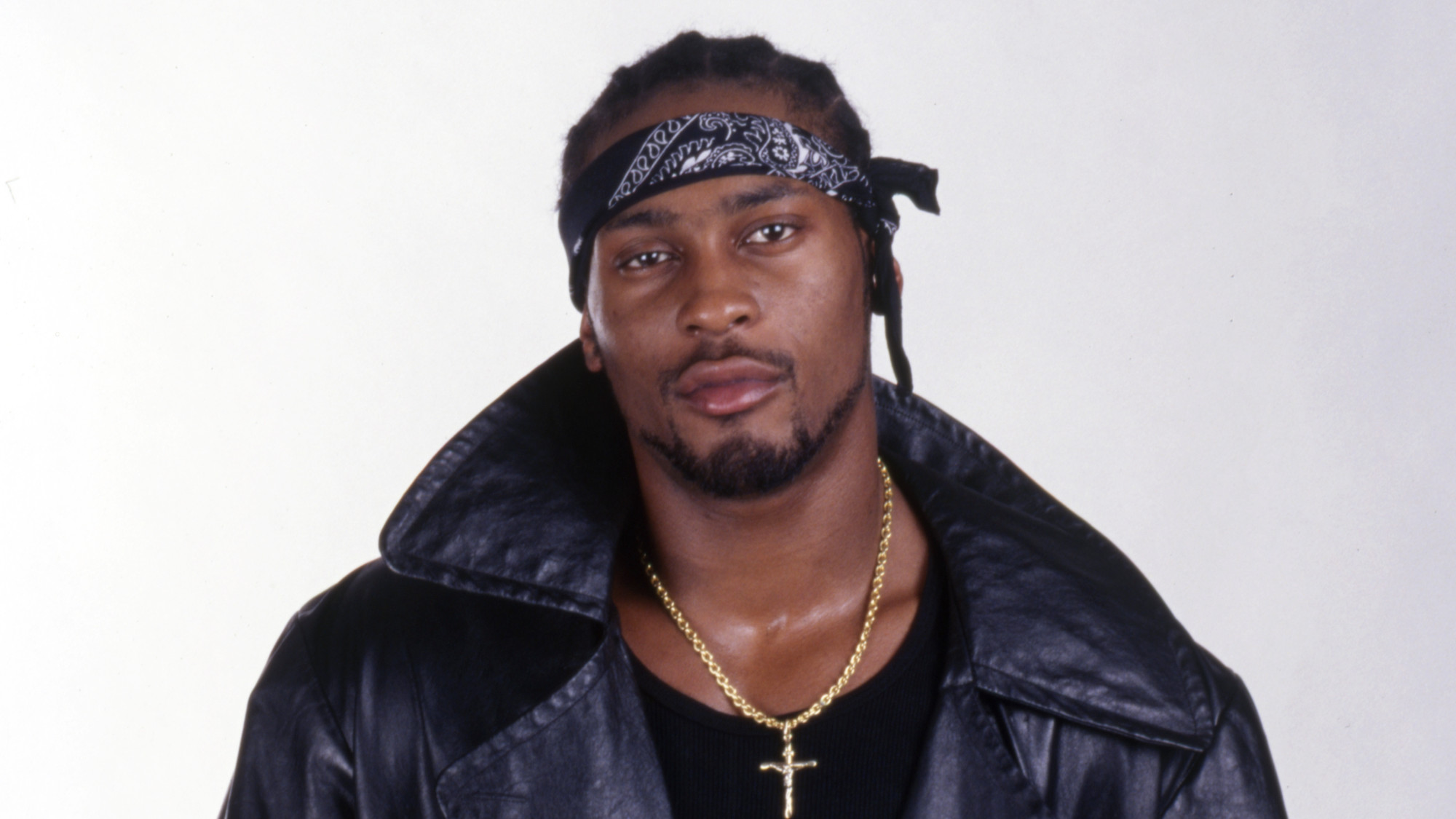 R&B singer D’Angelo
R&B singer D’AngeloFeature A reclusive visionary who transformed the genre
-
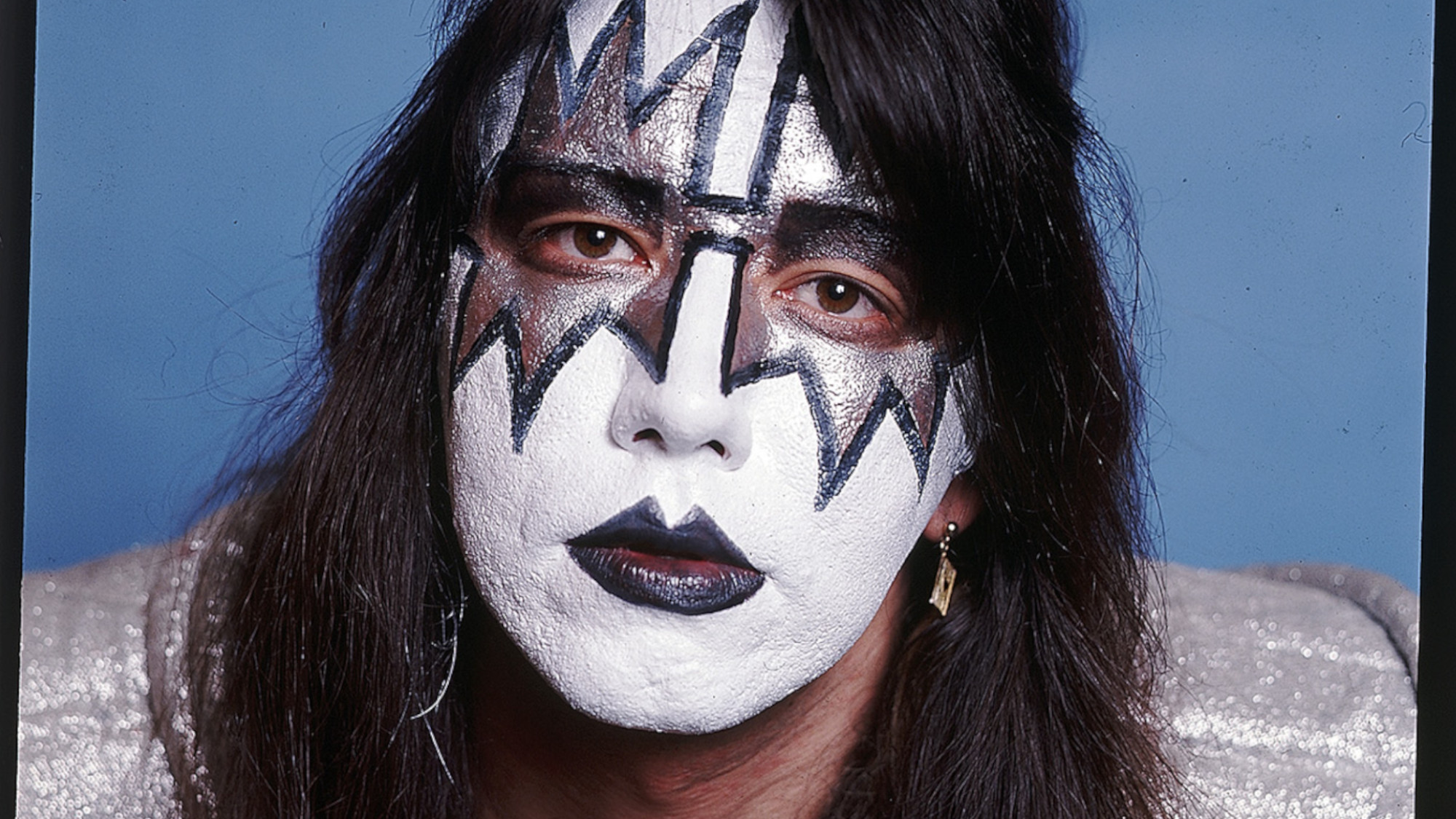 Kiss guitarist Ace Frehley
Kiss guitarist Ace FrehleyFeature The rocker who shot fireworks from his guitar
-
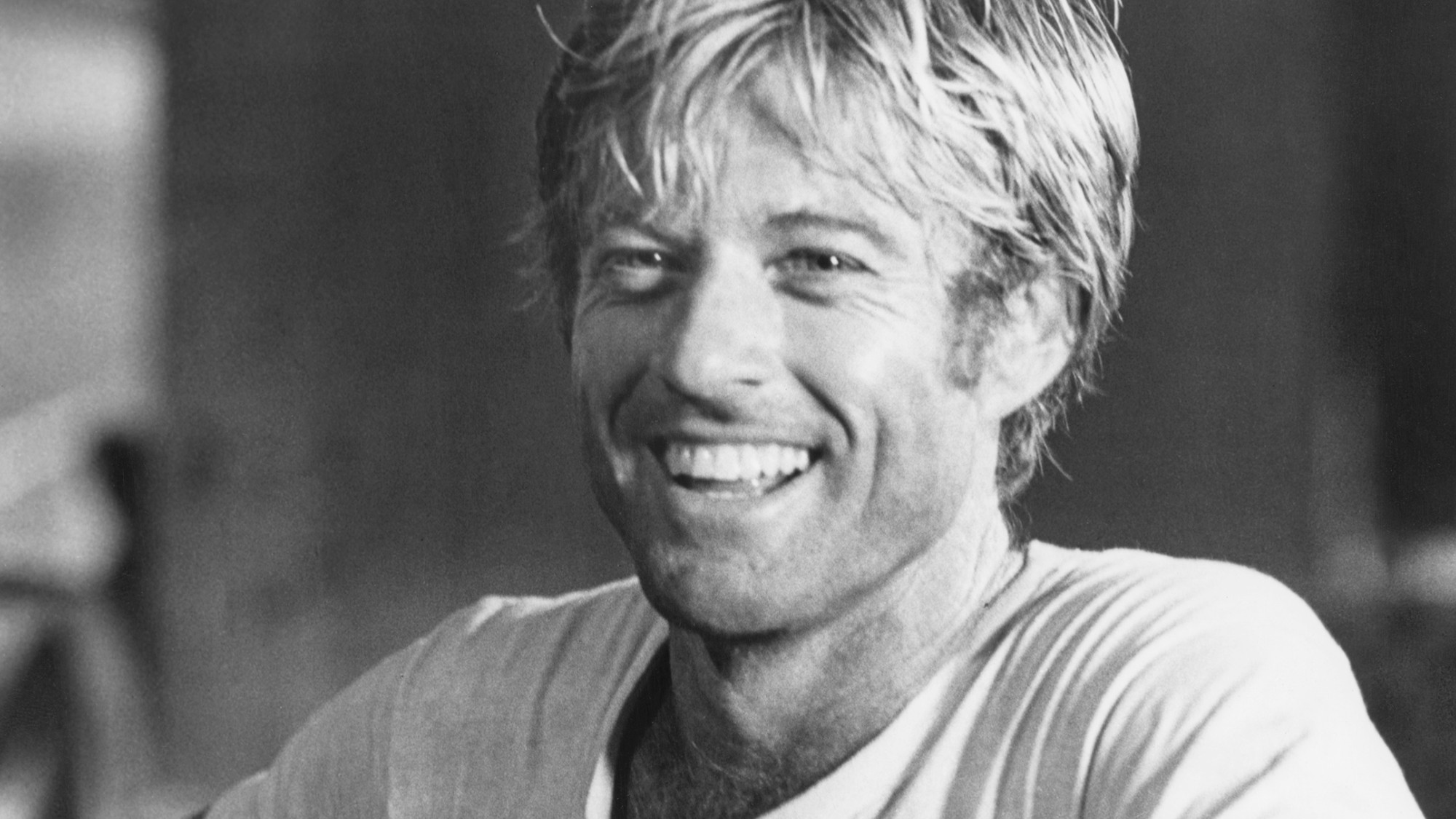 Robert Redford: the Hollywood icon who founded the Sundance Film Festival
Robert Redford: the Hollywood icon who founded the Sundance Film FestivalFeature Redford’s most lasting influence may have been as the man who ‘invigorated American independent cinema’ through Sundance
-
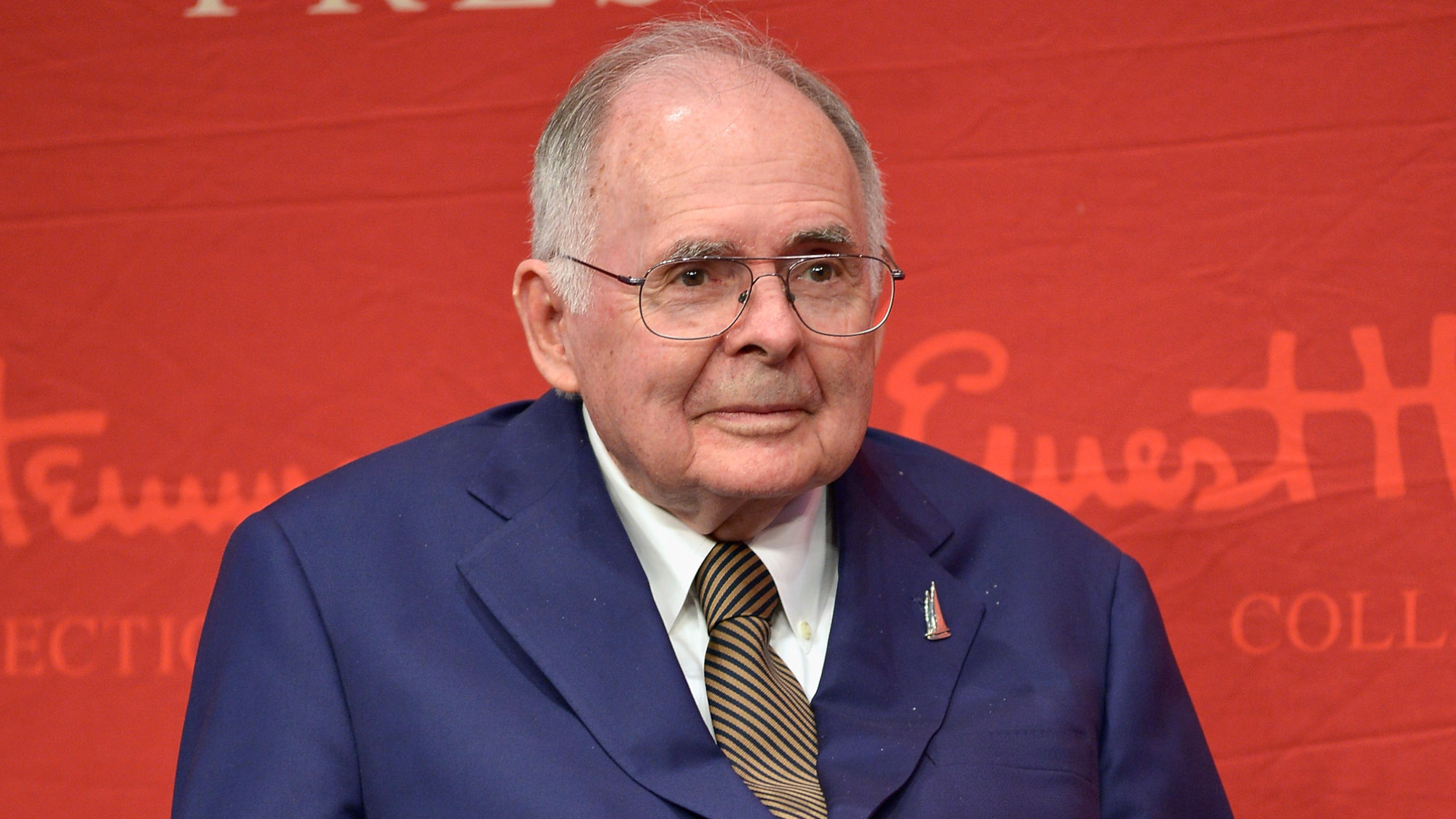 Patrick Hemingway: The Hemingway son who tended to his father’s legacy
Patrick Hemingway: The Hemingway son who tended to his father’s legacyFeature He was comfortable in the shadow of his famous father, Ernest Hemingway
-
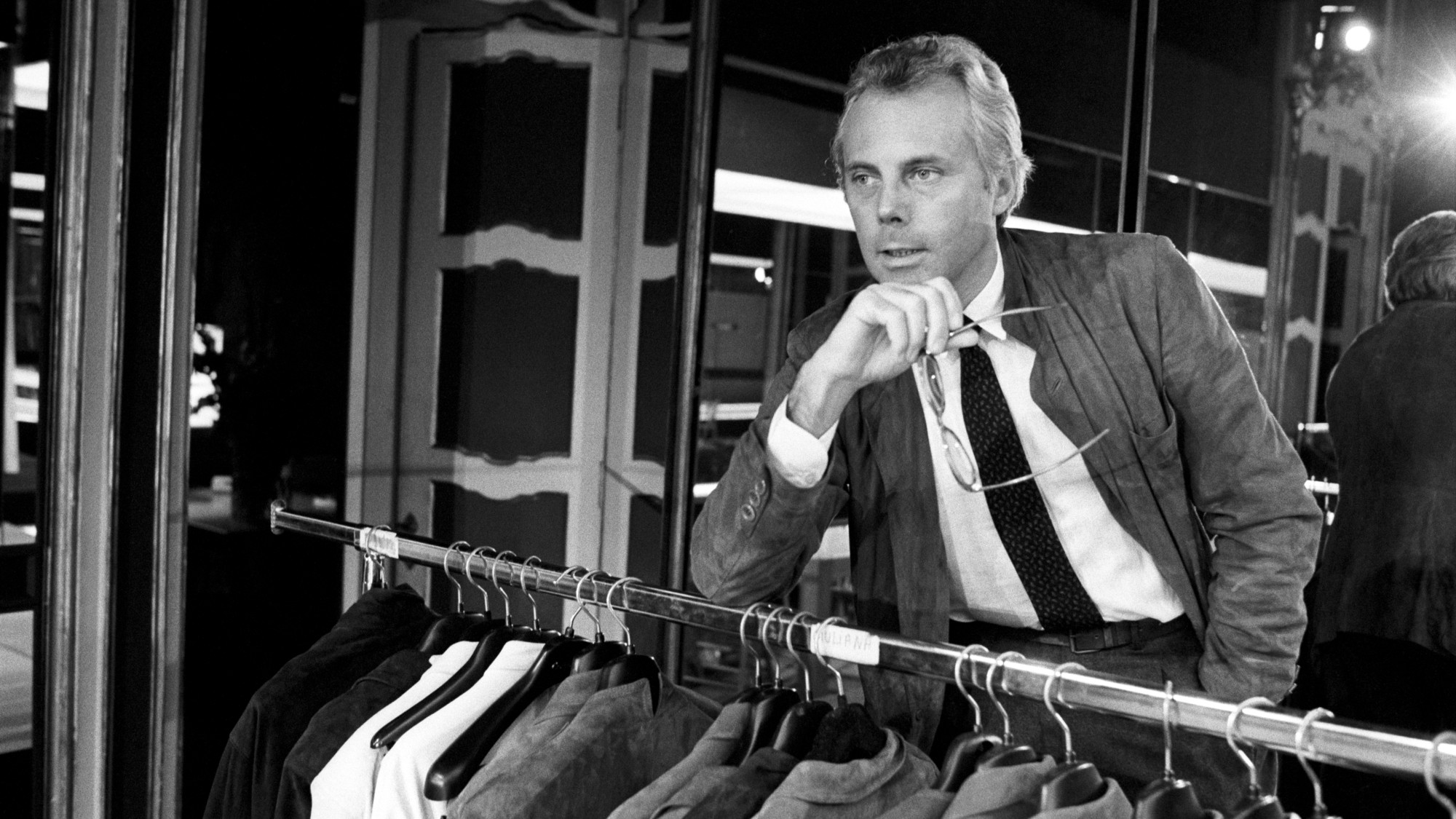 Giorgio Armani obituary: designer revolutionised the business of fashion
Giorgio Armani obituary: designer revolutionised the business of fashionIn the Spotlight ‘King Giorgio’ came from humble beginnings to become a titan of the fashion industry and redefine 20th-century clothing
-
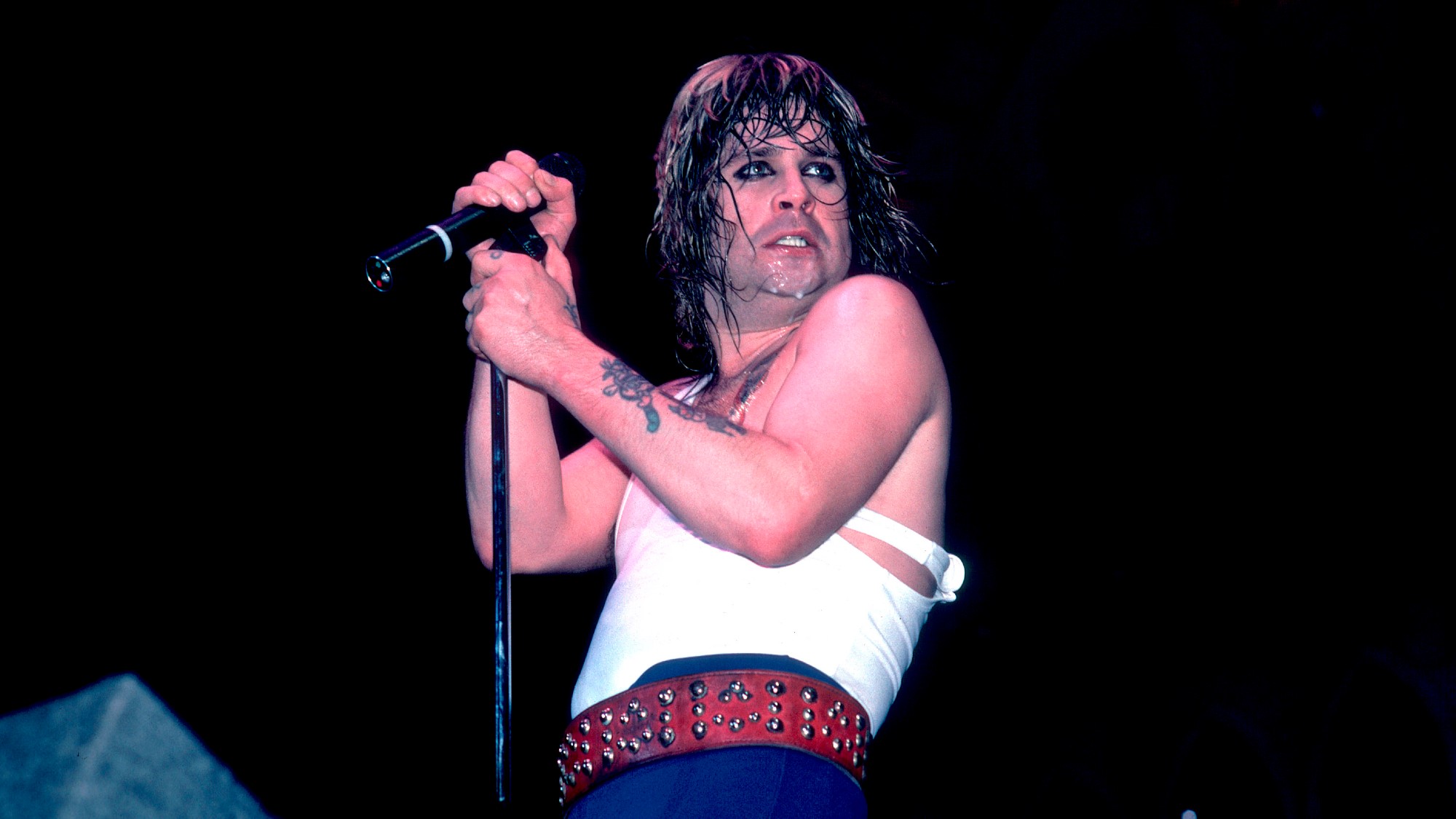 Ozzy Osbourne obituary: heavy metal wildman and lovable reality TV dad
Ozzy Osbourne obituary: heavy metal wildman and lovable reality TV dadIn the Spotlight For Osbourne, metal was 'not the music of hell but rather the music of Earth, not a fantasy but a survival guide'
-
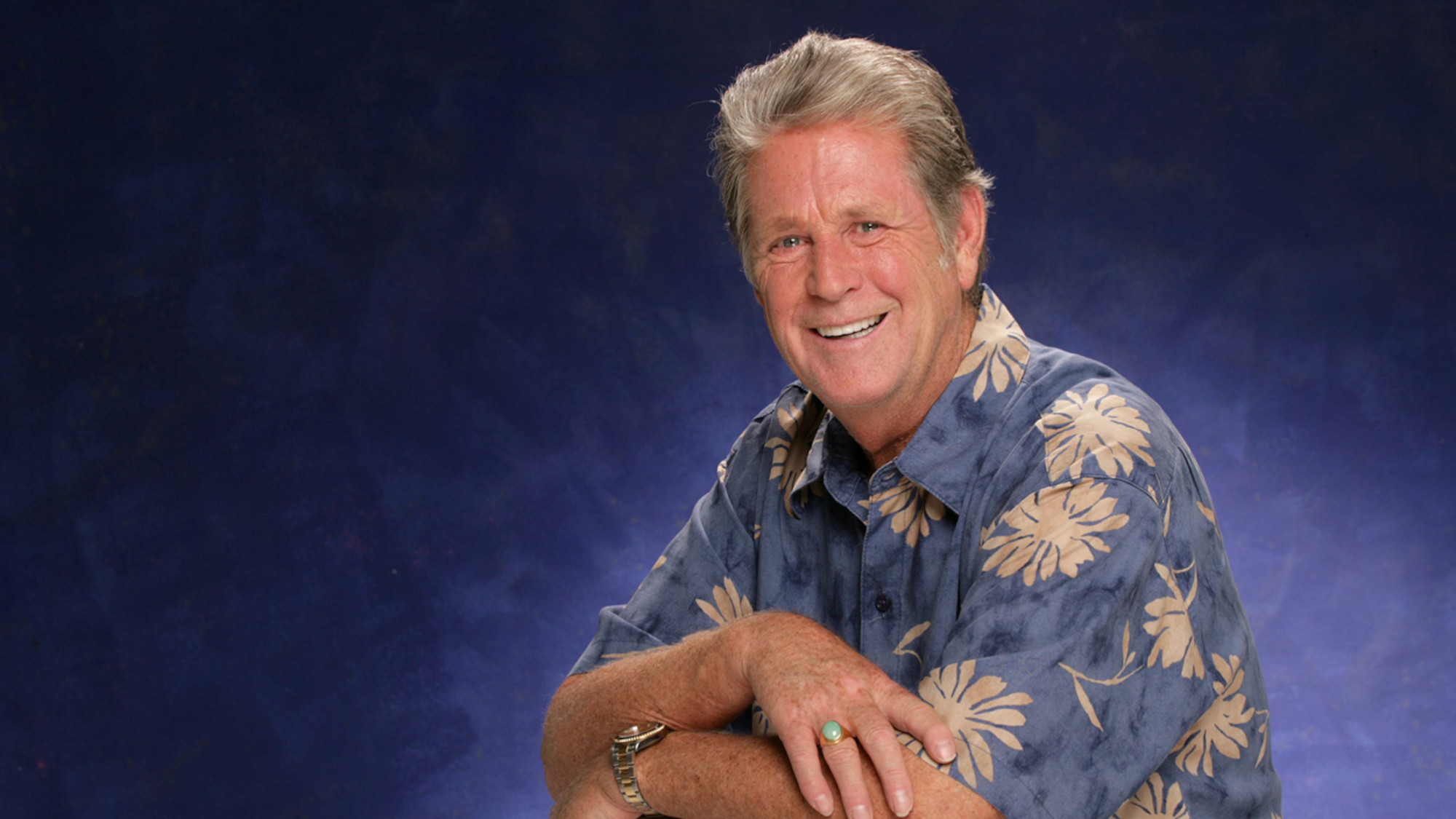 Brian Wilson: the troubled genius who powered the Beach Boys
Brian Wilson: the troubled genius who powered the Beach BoysFeature The musical giant passed away at 82
-
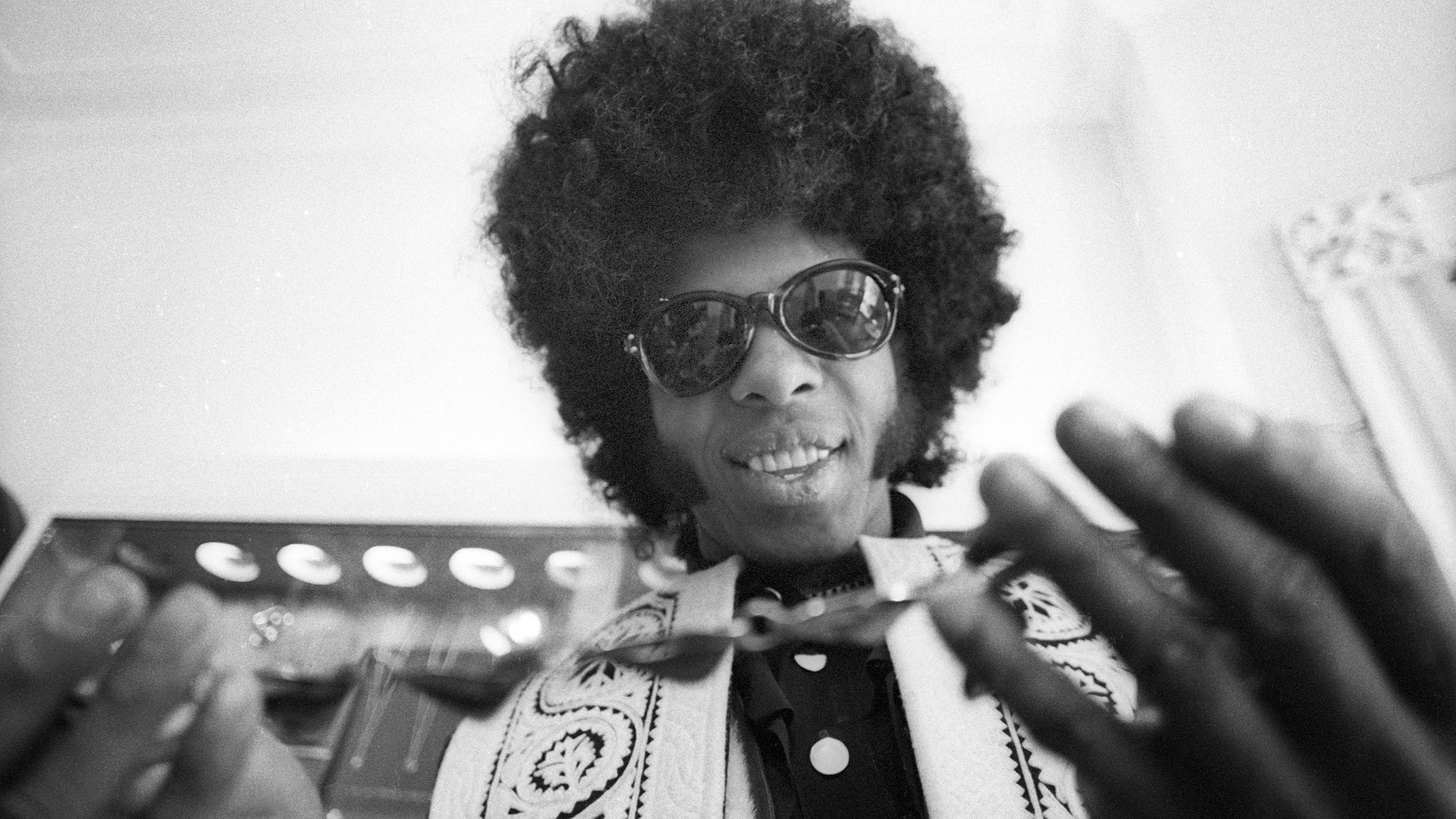 Sly Stone: The funk-rock visionary who became an addict and recluse
Sly Stone: The funk-rock visionary who became an addict and recluseFeature Stone, an eccentric whose songs of uplift were tempered by darker themes of struggle and disillusionment, had a fall as steep as his rise


